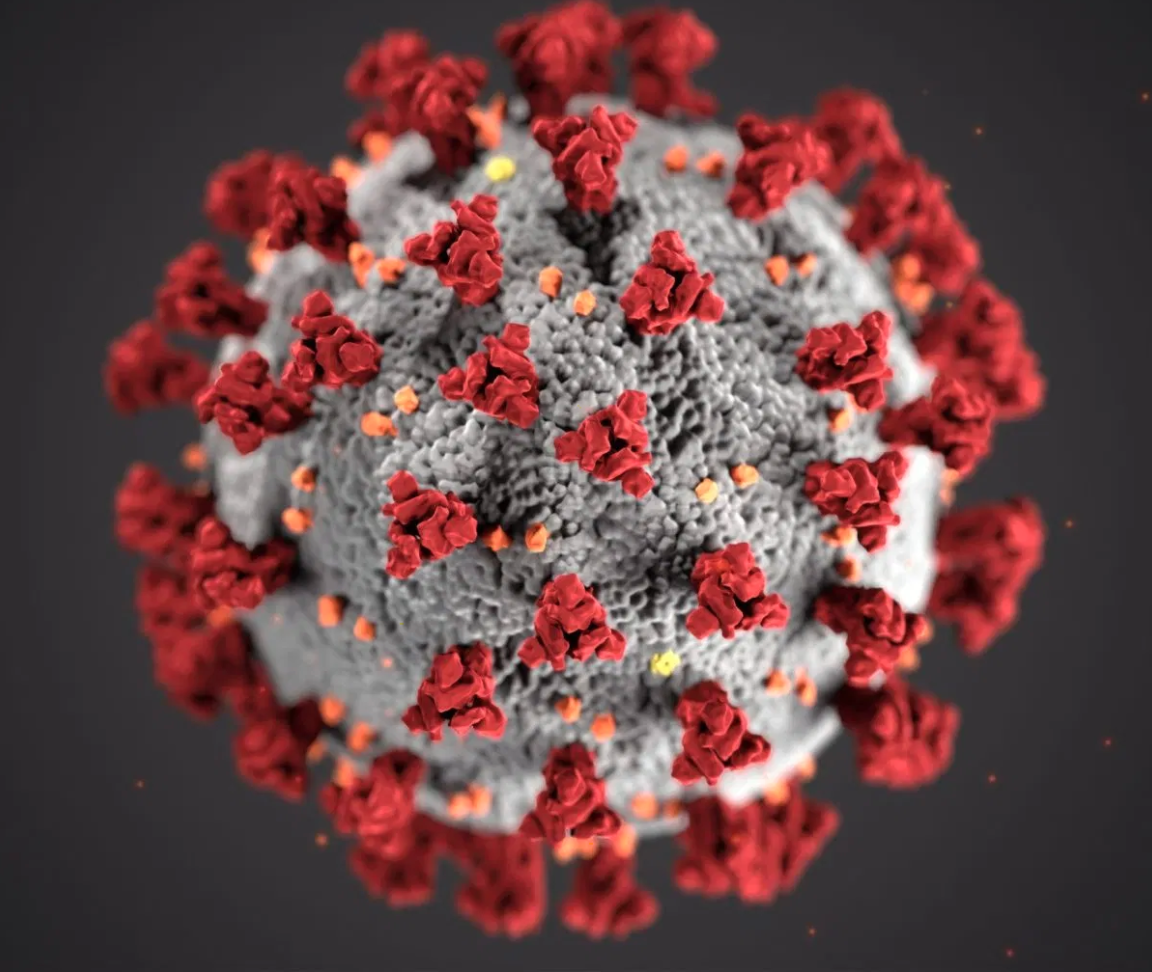 I probably do not need to tell you that if a person coughs anywhere near you, you should immediately make yourself scarce. Droplets in the air containing virus particles are spreading out and wafting their way toward you. Even if the person coughing shows none of the symptoms of COVID-19, such as fever, dry cough, or headache, they could have a mild case, or even exhibit no symptoms at all, yet still spread the virus to you.
I probably do not need to tell you that if a person coughs anywhere near you, you should immediately make yourself scarce. Droplets in the air containing virus particles are spreading out and wafting their way toward you. Even if the person coughing shows none of the symptoms of COVID-19, such as fever, dry cough, or headache, they could have a mild case, or even exhibit no symptoms at all, yet still spread the virus to you.
About 20 percent of cases are serious, even life-threatening. Although older people are more likely to have serious disease, young people are not immune. The SARS-CoV-2 virus is brand new to humanity and until after you have been infected and have recovered, you have no immunity to it.
Even if you are strict about social distancing and stay at least six feet away from anyone you meet, you still might become infected. A recent letter published in the New England Journal of Medicine (NEJM), records some experiments conducted with SARS-CoV-2, contrasting its transmissibility with that of SARS-CoV-1, the virus that caused the original SARS epidemic in 2003. The results of the experiments were sobering. Even if you are very conscientious about social distancing, you could still become infected if an infected person had been near a place you visited, even several days before you arrived there.
The virus-containing particles that a person spews out by coughing, sneezing, singing, laughing, or even talking can persist in the air as an aerosol for several hours. As you pass through an area where people have been, the infected person might be long gone, but the aerosol particles might still land on you and start an infection.
 Another possible source of infection is surfaces that you touch. SARS-CoV-2 particles persist on surfaces much longer than they do in the air. The kind of surface makes a big difference. In the NEJM experiments, viable SARS-CoV-2 particles were still present on a copper surface after ten hours. Other surfaces were much worse, with the virus surviving for many hours, even days.
Another possible source of infection is surfaces that you touch. SARS-CoV-2 particles persist on surfaces much longer than they do in the air. The kind of surface makes a big difference. In the NEJM experiments, viable SARS-CoV-2 particles were still present on a copper surface after ten hours. Other surfaces were much worse, with the virus surviving for many hours, even days.
Approximate SARS-CoV-2 Survival on Surfaces
| Copper | 10 hours |
| Cardboard | 35 hours |
| Stainless Steel | 65 hours |
| Plastic | 80 hours |
Kitchen counter was not one of the surfaces tested, but plastic might come closer to what the counter is made of than stainless steel or cardboard. If you come in from your mailbox and place the mail on the kitchen counter, it might be wise to disinfect both the mail and the counter with a sterilizing wipe.
How long a surface continues to harbor viable virus depends on the initial viral load. In the NEJM experiments, the half-life of SARS-CoV-2 on plastic was about seven hours. That means that after seven hours on the surface, there were half as many viable virus particles on the surface as there were at the beginning. Seven hours later the viral load would be down to a quarter. If the initial viral load was large, it might take quite a few half-lives before the number of viable particles drops below the level that still has the power to infect you.
Bottom line: To protect yourself and those around you, be conscientious about practicing social distancing. However, that is not enough to protect you from something as highly infectious as SARS-CoV-2. Also disinfect anything that comes into your home, that someone else has touched. Disinfect any surfaces that mail or a delivery has been placed upon. Disinfect doorknobs and be sure to wash your hands when you come in from outside.
This may seem to be a lot of trouble to go to, and it is. However, it is far better than being one of those 20% of confirmed cases that develops into serious disease, or the smaller, but still significant percentage of cases that end up as fatalities. Even a light case is no fun. It’s best to err on the side of safety.
BIO:
Allen G. Taylor is a 40-year veteran of the computer industry and the author of over 40 books, including Develop Microsoft HoloLens Apps Now, Get Fit with Apple Watch, Cruise for Free, SQL For Dummies, 9th Edition, Crystal Reports 2008 For Dummies, Database Development For Dummies, Access Power Programming with VBA, and SQL All-In-One For Dummies, Third Edition. He lectures internationally on astronomy, databases, innovation, and entrepreneurship. He also teaches database development and Crystal Reports through a leading online education provider. For the latest news on Allen’s activities, check out his blog at wwwallengtaylor.com or contact him at allen.taylor@ieee.org.